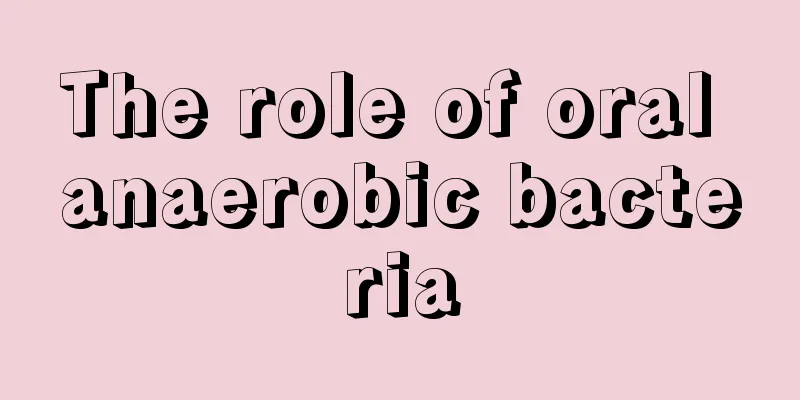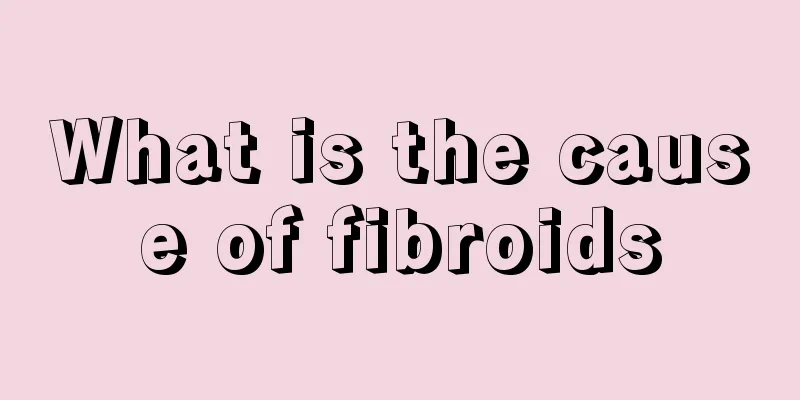About the treatment of prostate cancer

|
About the treatment of prostate cancer? Prostate cancer is a malignant tumor that occurs in the male prostate tissue. It is the result of abnormal and disordered growth of prostate acinar cells. The incidence of prostate cancer has obvious geographical and racial differences. In developed countries and regions such as Europe and the United States, it is the most common malignant tumor in men, and its mortality rate ranks second among all cancers; in Asia, its incidence is lower than that in Western countries, but it has been rising rapidly in recent years. There are many treatments for prostate cancer, each with its own advantages and disadvantages. Depending on the purpose of treatment, prostate cancer treatments are divided into curative treatments and palliative treatments. Palliative treatments are those aimed at delaying tumor progression and relieving tumor-related symptoms. Surgery Surgery is currently the most commonly used curative treatment method, called radical prostatectomy, which completely removes the prostate and tumor. Radical prostatectomy can be performed via the retropubic approach (incision from the umbilicus to the upper edge of the pubic bone), the perineal approach (incision between the scrotum and anus), and laparoscopic or robotic-assisted lower prostatectomy. The appropriate surgical method is selected based on the patient's body shape and disease characteristics, as well as the doctor's technical expertise. TOMO Radiation Therapy Radiotherapy is an important treatment for prostate cancer. Radical radiotherapy for early-stage patients has a local control rate and 10-year disease-free survival rate similar to those of radical prostatectomy. The treatment principles for locally advanced prostate cancer are mainly radiotherapy and endocrine therapy. Metastatic cancer can be treated with palliative radiotherapy to relieve symptoms and improve quality of life. In recent years, three-dimensional conformal radiotherapy and intensity-modulated conformal radiotherapy have become the main treatments for prostate cancer. On this basis, CT-guided TOMO radiotherapy not only overcomes positioning errors, but also reduces the radiation dose of normal tissues, thereby increasing the therapeutic dose and achieving better therapeutic effects. Therefore, it has gradually been widely used in clinical practice. The uncertainty of the prostate position includes both intrinsic and extrinsic factors. The uncertainty of position leads to uneven prostate irradiation dose. Some diseased tissues may not reach the radical dose, increasing the possibility of recurrence. If this factor is taken into account when outlining the target area, the dose to the rectum and bladder will be increased, thereby increasing the incidence of complications. |
<<: How long can you live with prostate cancer
>>: Symptoms of prostate cancer in the elderly
Recommend
What does single thyroid cancer mean
Thyroid cancer is a common malignant tumor of the...
What are the specific early symptoms of prostate cancer? How to treat it?
The occurrence of prostate cancer can indeed put ...
Life expectancy of sigmoid colon cancer
Colon cancer is a relatively serious digestive tr...
How to store and preserve eggs
Relatively speaking, the shelf life of eggs is sl...
What are the treatment methods for dark complexion caused by kidney deficiency?
Nowadays, the pressure of work and life is relati...
The harm of gel water
Gel water is a relatively commonly used cosmetic....
What do normal ribs look like for a baby?
Ribs are a very important part of the human skele...
Mycoplasma trachomatis
Mycoplasma trachomatis generally refers to Chlamy...
How to prove that enzymes are proteins
Enzyme is a special substance that transforms sub...
What are the signs of low IQ in children
Every parent hopes that their baby will be health...
What are the symptoms of pancreatic cancer before death?
What are the symptoms of pancreatic cancer before...
Only by understanding the symptoms of liver cancer can patients detect the disease as early as possible
Liver cancer is a disease we often see. It is oft...
How to eat Cordyceps sinensis
When eating Cordyceps sinensis, it is best to eat...
What are the dietary taboos for nasopharyngeal carcinoma neck lymph pain? What are the complications of nasopharyngeal carcinoma?
Nasopharyngeal cancer is not unfamiliar to many p...
What are the late symptoms of nasopharyngeal carcinoma
If patients do not pay more attention in the earl...









